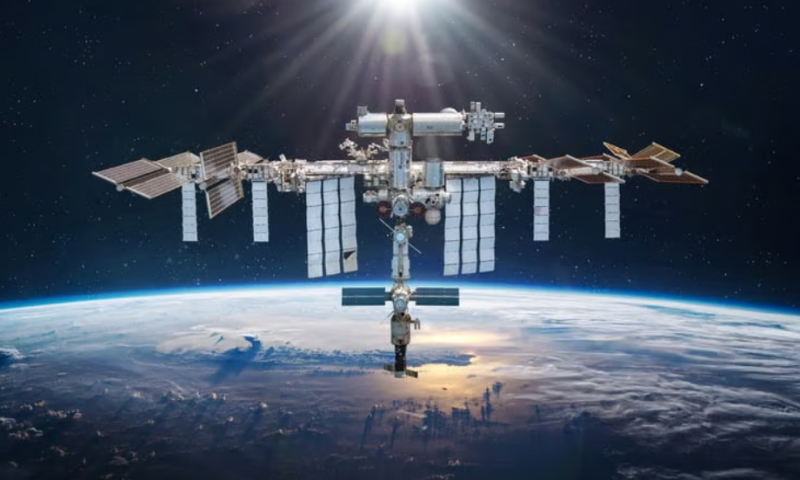A new set of heart-on-a-chip experiments are heading back up to the International Space Station.
Projects by teams from Stanford University and Johns Hopkins University will be part of the payload March 14 on SpaceX CRX-27, a resupply mission to the ISS. The researchers hope to leverage microgravity’s aging effects on heart muscle cells to ultimately help identify new treatments for cardiovascular disease.
“The important thing we want to see is if we can capture some of the molecular changes that instigate the aging effects and develop countermeasures or medications that will either slow down or mitigate the effects of aging so that the general population here on Earth can benefit,” Danilo Tagle, Ph.D., director of the office of special initiatives at the U.S. National Center for Advancing Translational Studies, or NCATS, told Fierce Biotech Research.
The Johns Hopkins researchers will be looking again at how cardiac cell mitochondria are altered by microgravity, according to a press release from the university. They’ll also assess how inflammation activates proteins as well as whether pre-treating the cells with three different drugs ameliorates the problems associated with space travel.
Meanwhile, the Stanford team will test whether cardiac tissue grown in microgravity can work as a model of heart failure for drug screening, a press release from the ISS said. Like the Johns Hopkins team, they’re also sending sets of cells that will be pretreated with drugs—one where the experiment will be stopped and the cells fixed at a predetermined time point on the mission and a second that will be returned live so the researchers can see how the tissue is affected by launch and landing.
Studies on astronauts who spend months on end on the ISS have shown that microgravity and radiation may prematurely age their organ systems and DNA. (Though studies have also found evidence to the contrary.) Their muscles, bones, hearts and immune systems weaken much more rapidly than they do here on Earth—about 10 times faster in the case of the cardiovascular system.
While that’s not good news for astronauts or future space travelers, it’s useful for learning how aging works, Tagle explained. “What makes this attractive [for research] is that these effects are seen in the astronauts in a very short amount of time, within months of their stay in microgravity,” Tagle said. “Whereas if we study models of aging in animals here on Earth, it would take years if not decades to capture some of those changes that happen through time and the aging effects.”
The heart tissue studies are among the nine projects funded so far by the Tissue Chips in Space initiative, which was developed by NCATS and the National Institutes of Health to take advantage of the unique testing ground by pairing it with organ-on-a-chip technology. Organs on a chip are cell cultures of organ tissue grown inside microfluidic chips, or small plates with channels and grooves that allow the cells to pass through. The chips are designed to control the microenvironment so the cells inside maintain the same physiological functions as the tissues they mimic.
This will be the second launch for the Stanford and Johns Hopkins heart chip projects. The first was a proof-of-concept trip to make sure the heart muscle cells would survive the launch and that the experiments could deliver results. In addition to the Johns Hopkins teams’ findings on how microgravity alters the mitochondria and contractility of cardiac cells, the journey also taught the scientists a thing or two about efficient packing, courtesy of NASA and the ISS.
“We learned from the experience they have in terms of payload development,” Tagle said. Tissue chip experiments here on Earth require tubing, instruments, controllers and more. But to get it aboard the SpaceX Dragon capsule that would carry it to the ISS, they had to reduce the size of their contraption from a kitchen refrigerator to a shoebox.“That was one of the major technological achievements that we had,” Tagle said. The other was to make the experiments “fighter pilot proof”—that is, automate them so the astronauts would have to handle them as little as possible.
“Astronauts for the most part have a military background, not a science background,” he explained. While they are trained in the experiments they help conduct aboard the ISS, it’s helpful to have the instrumentation as turnkey as possible.
This time around, the astronauts will simply have to unpack the experiments and plug them in. They’ll remain on the space station for 30 days, after which they’ll come back on another SpaceX capsule. Then, it’s time to analyze.

